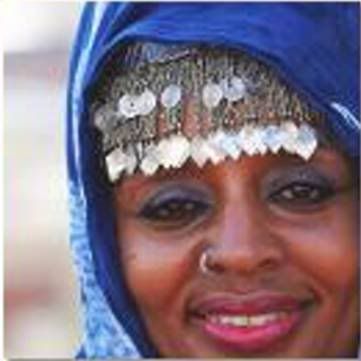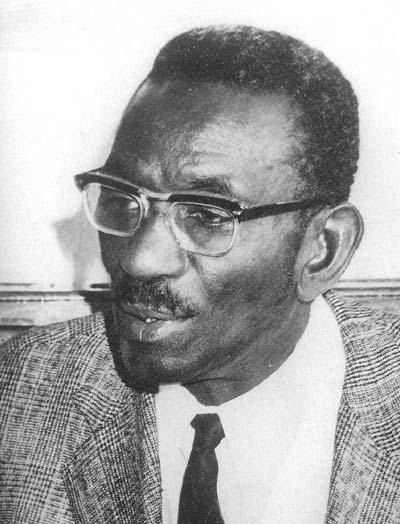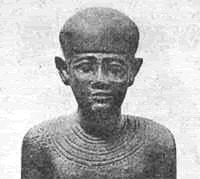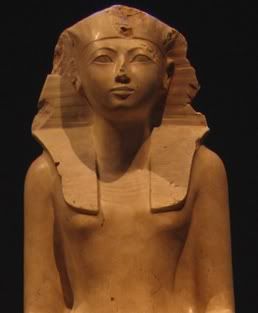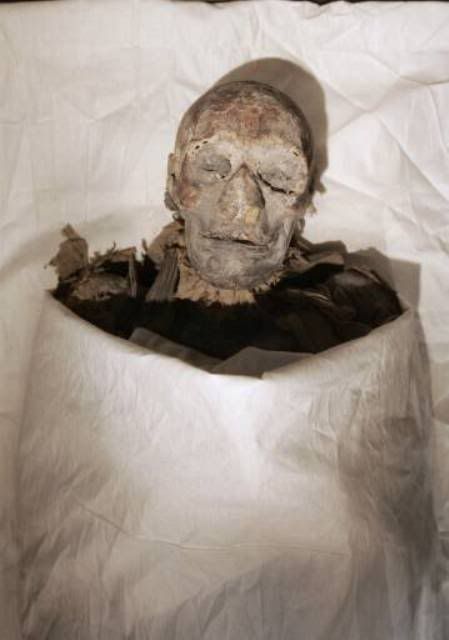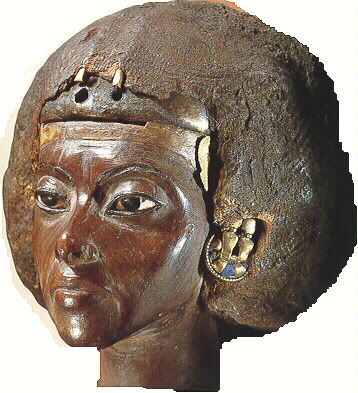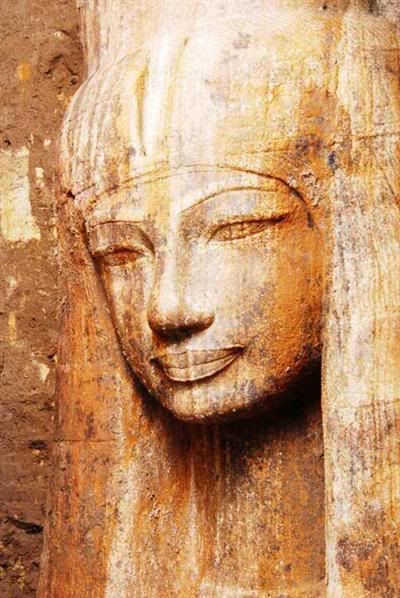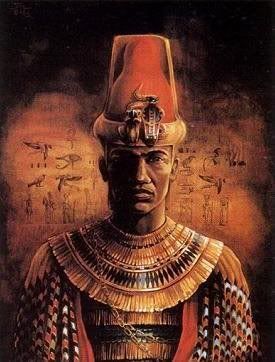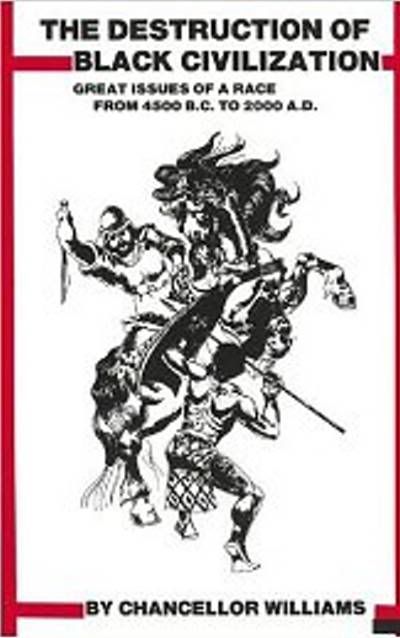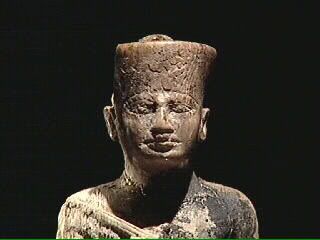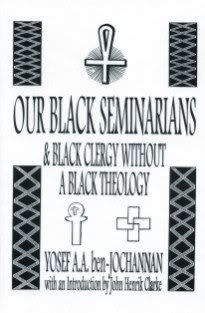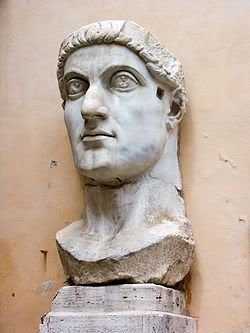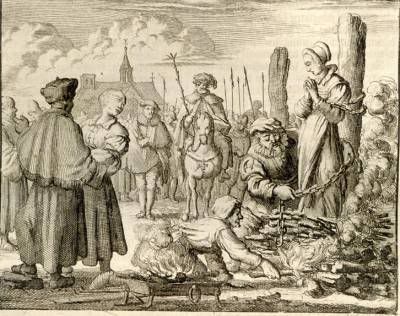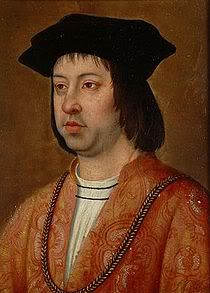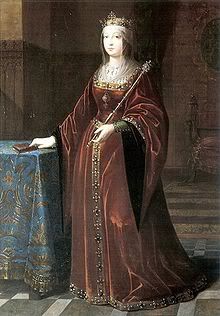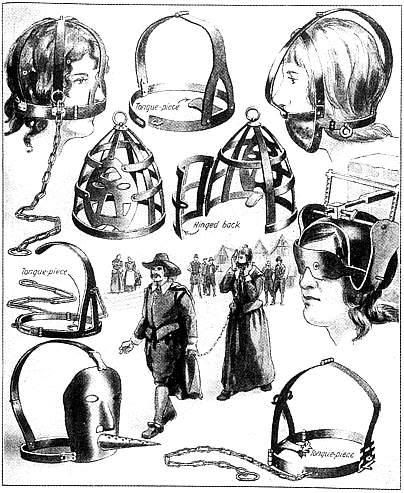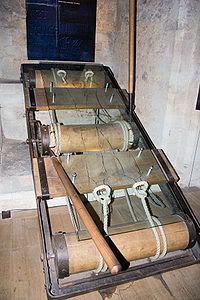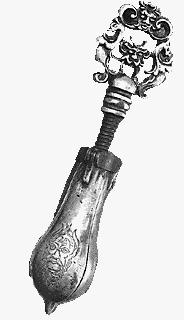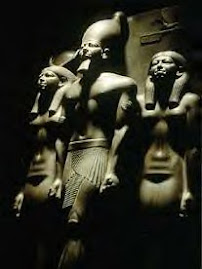
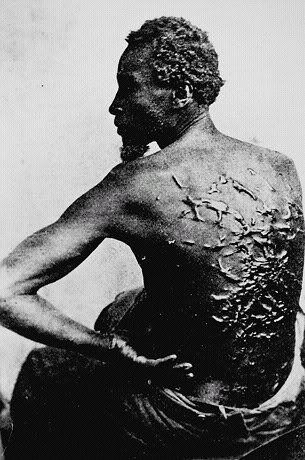
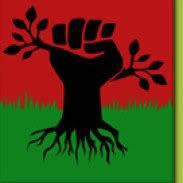
Shem Hotep ("I go in peace").
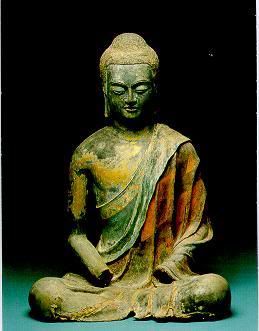
THE AFRICAN PRESENCE IN CLASSICAL ASIAN CIVILIZATIONS
The story of the African presence in early Asia is as fascinating as it is obscure. We now know, based on recent scientific studies of DNA, that modern humanity originated in Africa, that African people are the world's original people, and that all modern humans can ultimately trace their ancestral roots back to Africa. Were it not for the primordial migrations of early African people, humanity would have remained physically Africoid, and the rest of the world outside of the African continent absent of human life. Since the first modern humans in Asia were of African birth, the African presence in ancient Asia can therefore be demonstrated through the history of the Black populations that have inhabited the Asian land mass within the span of modern humanity. But not only were African people the first inhabitants of Asia. There is abundant evidence to show that Black people within documented historical periods created, nurtured or influenced some of ancient Asia's most important and enduring classical civilizations. This includes the Sumerian civilization of early Iraq, the Indus Valley civilization and the civilizations of Angkor and Champa in Southeast Asia.
For well over a century, Western historians, ethnologists, anthropologists, archaeologists and other such specialists have generally and often arbitrarily used such terms as Negroid, Proto-Negroid, Proto-Australoid, Negritic and Negrito in labeling populations in Asia with Africoid phenotypes and African cultural traits and historical traditions. The has especially been the case with Black populations in South Asia, Southeast Asia and Far East Asia. In Southwest Asia, on the other hand, terms like Hamites, Eurafricans, Mediterraneans and the Brown Race have commonly been employed in denoting clearly discernible Black populations. In this work, we have chosen to reject such deliberately confusing nomenclature as obsolete and invalid, unscientific and racially motivated, and it is our intention to comprehensively explore the full impact and extent of the African presence in the human cultures and classical civilizations of early Asia.
In summation, in brief, we contend that the history of the African presence in Asia, including the African presence in classical Asian civilization, is one of the most significant, challenging and least written about aspects of the global African experience, and that even today, after an entire series of holocausts and calamities, the African presence in Asia may exceed three hundred million people. The works of historians and scholars like W.E.B. DuBois, Drusilla Dunjee Houston, Joel A. Rogers, John G. Jackson, Cheikh Anta Diop, Chancellor James Williams and others have stressed this for years. We intend to continue to energetically carry this work forward.
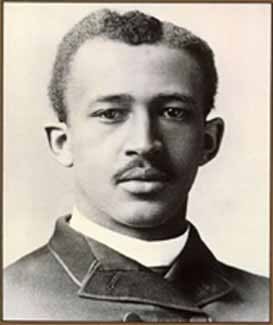
William Edward Burghardt Du Bois (February 23, 1868 – August 27, 1963) was an American civil rights activist, Pan-Africanist, sociologist, historian, author, and editor.

DRUSILLA DUNJEE HOUSTON (1876-1941)
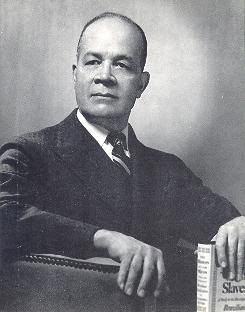
Joel Augustus Rogers (September 6, 1880 — March 26, 1966)
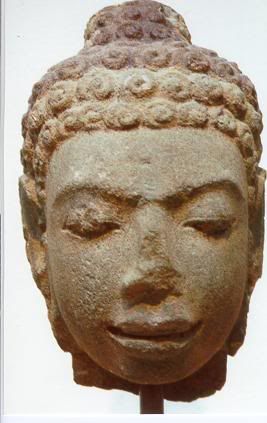
Sakanouye Tamura Maro
THE AFRICAN PRESENCE IN THE ANCIENT FAR EAST
Although the island nation of Japan is assumed by many to have been historically composed of an essentially homogenous population, the accumulated evidence places the matter in a vastly different light. A Japanese proverb states that: "For a Samurai to be brave, he must have a bit of Black blood." Another recording of the proverb is: "Half the blood in one's veins must be Black to make a good Samurai." Sakanouye Tamura Maro, a Black man, became the first Shogun of Japan.
In China, an Africoid presence is visible from remote antiquity. The Shang, for example, China's first dynasts, are described as having "black and oily skin." The famous Chinese sage Lao-Tze was "black in complexion."
Funan is the name given by Chinese historians to the earliest kingdom of Southeast Asia. Their records expressly state that, "For the complexion of men, they consider black the most beautiful. In all the kingdoms of the southern region, it is the same."
The first kingdom in Vietnam was the Kingdom of Lin-yi. Its inhabitants possessed "black skin, eyes deep in the orbit, nose turned up, hair frizzy at a period when they were not yet subject to foreign domination and preserved the purity of this type."
The fate of the Black kingdoms and the Black people of Far East Asia must be tied to increased pressure from non-Africoid peoples pushing down from northern Asia. Indeed, the subject of what might be called "Black and Yellow racial and cultural relations in both ancient and modern times" is so critical that it must be developed as a special area of study. It is of particular importance to African and African-oriented scholars and historians.
SOURCE:
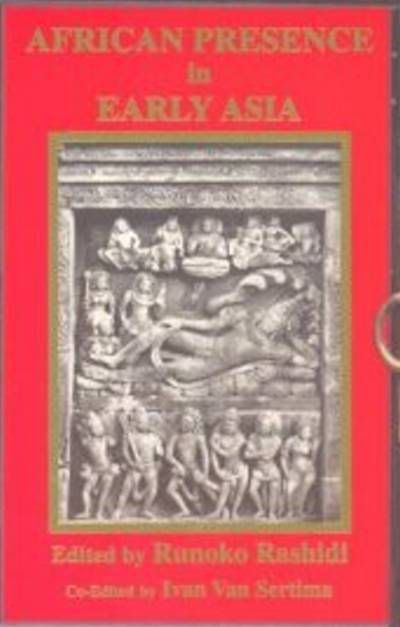
African Presence In Early Asia, Edited by Runoko Rashidi & Ivan Van Sertima

Ati of the Philippines.
The Ati is a Negrito ethnic group in Panay, which is located in the Visayas (Islands of Cebu, Bohol, Siquijor, Leyte, Samar, Panay, Masbate, Negros and Guimaras), the central portion of the Philippine archipelago. They are genetically-related to other Negrito ethnic groups in the Philippines such as the Aeta of Luzon, the Batak of Palawan, and the Mamanwa of Mindanao.


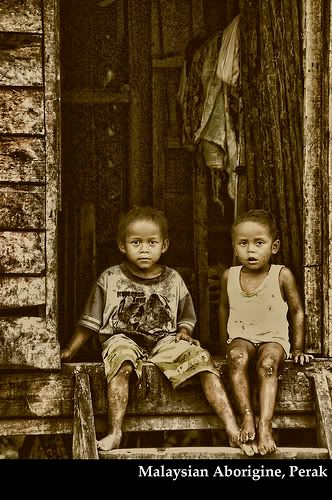
The Malaysian Negrito
Orang Asli (lit, "original peoples" or "aboriginal peoples" in Malay) is a general term used for any indigenous groups that are found in Peninsular Malaysia. They are divided into three main tribal groups – Semang (negrito), Senoi, and Proto-Malay (Aboriginal Malay). The Orang Asli are further divided into 18 sub-ethnic group according to their different languages and customs. The Negritos are usually found in the northern region of the peninsula, the Senois in the central region, and the Proto-Malay in the southern region.




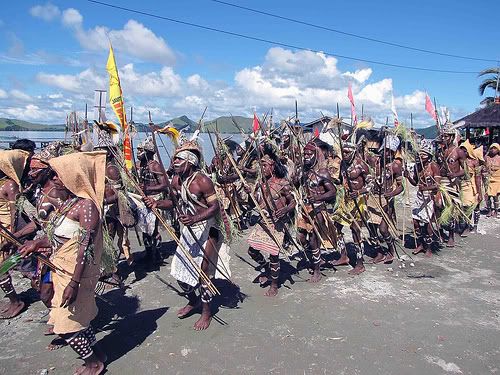
The Ayome and The Papuans of NewGuinea.


The Melanesians of the Pacific.


